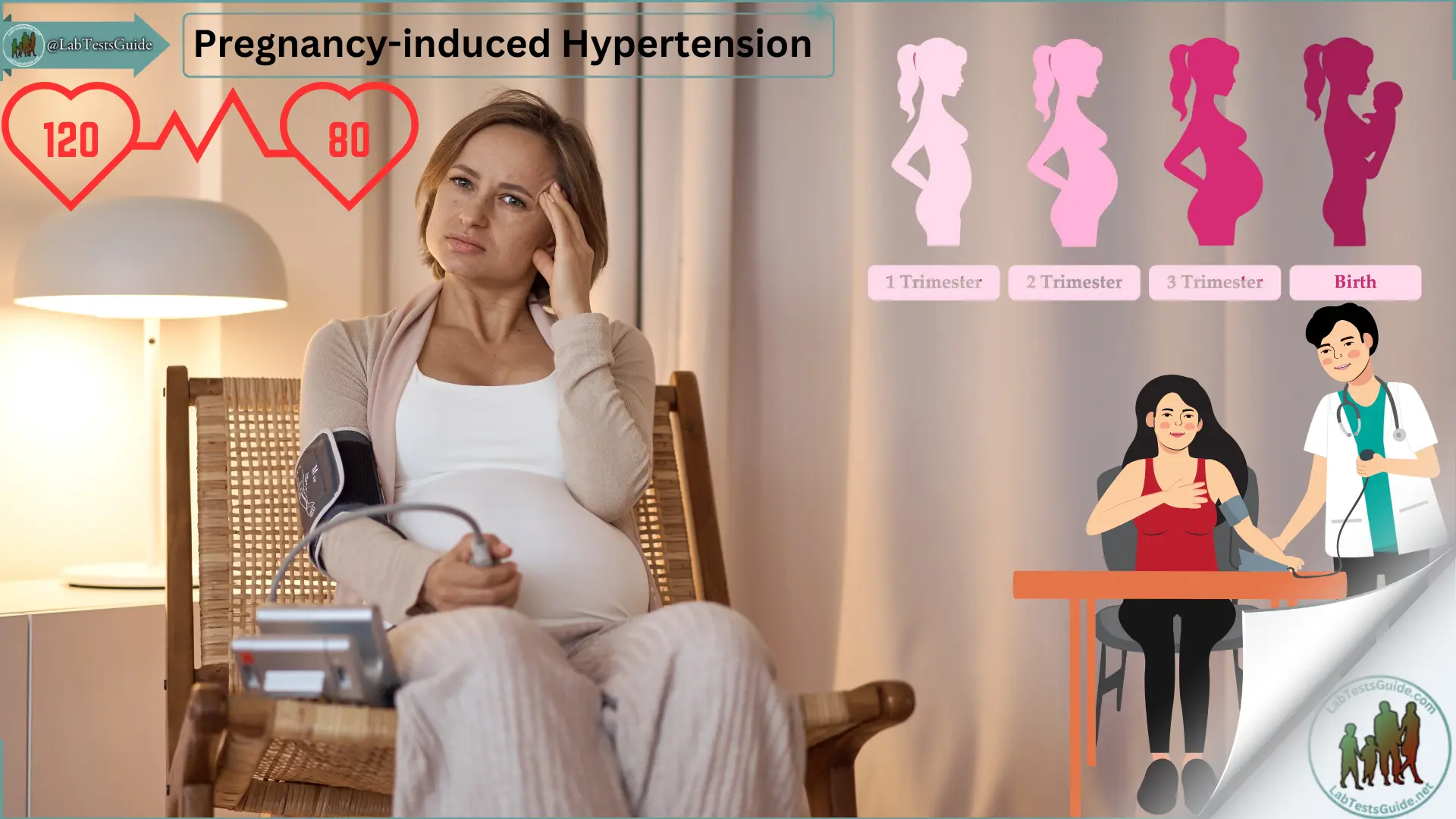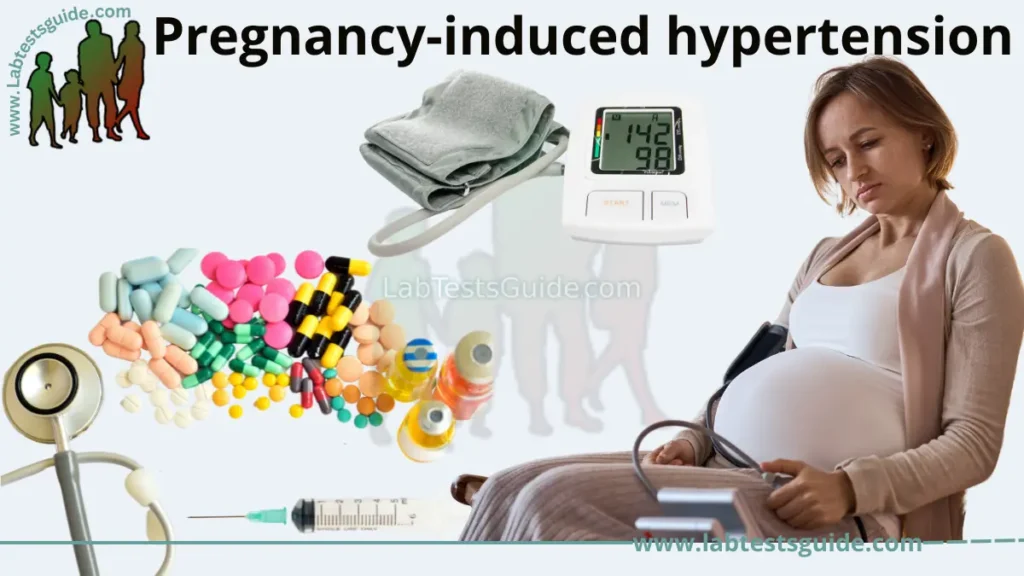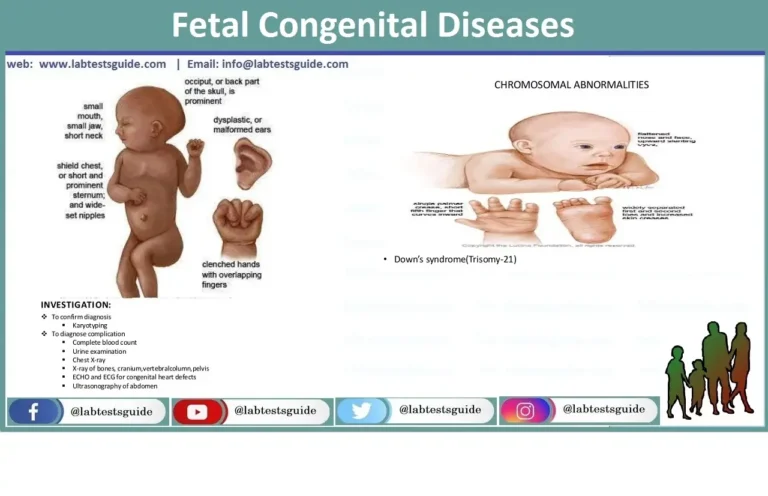Gestational Hypertension also referred to as Pregnancy Induced Hypertension (PIH) is a condition characterized by high blood pressure during pregnancy. Gestational Hypertension can lead to a serious condition called Preeclampsia, also referred to as Toxemia. Hypertension during pregnancy affects about 6-8% of pregnant women.

Gestational hypertension, also known as pregnancy-induced hypertension (PIH), is a condition characterized by high blood pressure during pregnancy. Gestational hypertension can lead to a serious condition called preeclampsia, also known as toxemia. Hypertension during pregnancy affects approximately 6-8% of pregnant women.
The different types of hypertension during pregnancy:
High blood pressure can present itself in different ways during pregnancy.
The following are the 3 common types of gestational hypertension:
- Chronic hypertension: women who have high blood pressure (over 140/90) before pregnancy, early in pregnancy (before 20 weeks), or who continue to have it after delivery.
- Gestational hypertension: high blood pressure that develops after the 20th week of pregnancy and disappears after delivery.
- Preeclampsia: Both chronic hypertension and gestational hypertension can lead to this serious condition after the 20th week of pregnancy. Symptoms include high blood pressure and protein in the urine. This can lead to serious complications for both mother and baby if not treated quickly.
Who is at risk?
The following women may have an increased risk of developing gestational hypertension:
- First-time moms
- Women whose sisters and mothers had PIH
- Women carrying multiples
- Women younger than age 20 or older than age 40
- Women who had high blood pressure or kidney disease prior to pregnancy
How do I know if I have gestational hypertension?
At each prenatal checkup, your healthcare provider will check your blood pressure and urine levels. Your doctor may also monitor your blood clotting and kidney functions, order blood tests, perform an ultrasound to check your baby’s growth, and use a Doppler scan to measure the efficiency of blood flow to the placenta.
How is it treated?
Treatment depends on how close you are to your due date. If you are close to your due date and the baby is developed enough, your healthcare provider may want to deliver your baby as soon as possible.
If you have mild hypertension and your baby is not fully developed, your doctor will probably recommend the following:
- Rest, lying on your left side to take the baby’s weight off your major blood vessels.
- Increase prenatal checkups.
- Consume less salt.
- Drink 8 glasses of water a day.
If you have severe hypertension, your doctor may try to treat you with blood pressure medications until you are advanced enough to deliver safely.
How can I prevent gestational hypertension?
Currently, there is no safe way to prevent hypertension. Some factors that contribute to high blood pressure can be controlled, while others cannot. Follow your doctor’s instructions on diet and exercise. Some ways you can help prevent gestational hypertension include the following:
- Use salt as needed for taste
- Drink at least 8 glasses of water a day.
- Increase the amount of protein you eat and decrease the amount of fried foods and junk food you eat
- Get enough rest.
- Exercise regularly
- Elevate your feet several times during the day.
- Avoid drinking alcohol
- Avoid beverages that contain caffeine
- Your doctor may suggest that you take the prescribed medication and additional supplements.
Pregnancy tests
- An ultrasound will be used to confirm and date your pregnancy.
- Human chorionic gonadotropin (hCG
- Complete Blood Test
- Blood Glucose Test
- Urine C/E
- Blood group
- Anti HCV
- HbsAg
- HIV
Related Content :
- Pregnancy and vaginal discharge.
- Pregnancy and urinary tract infections (UTIs).
- Pregnancy prevention.
- Pregnancy diet.
- Pregnancy and exercise.
- Pregnancy massage.
- When to seek medical care.
- Pregnancy and labor.
- Prognosis.
- The takeaway.

Tests Associated with Pregnancy
| PURPOSE | TEST NAME | WHY PERFORMED | WHEN PERFORMED | WHO PERFORMED ON/SAMPLE |
|---|---|---|---|---|
| Genetic tests for inherited diseases | Genetic testing for inherited diseases | Check carrier status for certain genetic diseases to determine risk of having a baby with such a disease | Preconception or first trimester | Mother and father (blood sample) |
| Genetic testing for hemoglobin disorders | Check carrier status for certain abnormal hemoglobin disorders to determine risk of having a baby with such a disease | Preconception or during pregnancy | Mother and father (blood sample) | |
| Cystic fibrosis carrier testing | Check carrier status for CF | Preconception or first trimester | Mother and father (blood sample) | |
| Testing to detect health conditions in the mother | Blood glucose or hemoglobin A1c | To screen women at risk of type 2 diabetes (which is different than gestational diabetes) | Preconception or first trimester | Mother (blood sample) |
| Pap test and HPV testing | Screen for cervical cancer and some STDs | Preconception or first trimester | Mother (cells from her cervix) | |
| Immunity to rubella (German measles) | Check for immunity to the virus, which can cause birth defects | Preconception or first trimester | Mother (blood sample) | |
| HIV screening test | Check for HIV infection so steps can be taken to reduce likelihood of transmission to the baby | Preconception or first trimester; may be repeated in third trimester if at high risk | Mother (blood sample) | |
| Gonorrhea, chlamydia, and syphilis tests | Check for STD infections, which can cause miscarriage or infect the baby during delivery | Preconception or first trimester; may be repeated in third trimester if at high risk | Mother (cervical cells, urine or blood sample, depending on test) | |
| Hepatitis B and hepatitis C screening | Detect hepatitis B or hepatitis C infection | Pre-conception or first trimester; may be repeated in the third trimester if at high risk | Mother (blood sample) | |
| Varicella zoster virus testing | Check for immunity to chickenpox, which can cause birth defects | Preconception or first trimester | Mother (blood sample) | |
| TORCH panel | Check for infection with toxoplasmosis and other infections that can cause birth defects | Preconception or first trimester, if infections suspected | Mother (blood sample) | |
| Bacterial vaginosis | Detect infection, which can cause pre-term labor | Preconception or whenever symptoms experienced | Mother (vaginal secretions) | |
| Urine culture for bacteriuria | Detect bacterial infection in the urinary tract, which can lead to kidney infection or increased risk of pre-term delivery and low birth weight | First prenatal visit or between 12 and 16 weeks of pregnancy; may be repeated in third trimester | Mother (urine sample) | |
| Group B streptococcus | Detect infection, which can harm the baby during birth and infect the mother’s uterus, urinary tract, and any incision made during a cesarean section | Between weeks 35 and 37 of pregnancy | Mother (specimen from vaginal and rectal areas) | |
| Confirmation and monitoring of pregnancy and health of mother | Pregnancy test (hCG) | Confirm pregnancy | First trimester | Mother (blood sample) |
| Urine screen for glucose and/or protein | Check for signs of kidney or bladder infection, undiagnosed diabetes or gestational diabetes, or pre-eclampsia | Each prenatal visit | Mother (urine sample) | |
| Complete blood count (CBC) | Check for anemia and/or detect low platelet count | Preconception and/or early in the first trimester; repeated in third trimester | Mother (blood sample) | |
| Blood typing and antibody screen | Check for potential incompatibility in blood type between mother and fetus (such as Rh factor antibodies) | First trimester; antibody screen repeated between weeks 28 and 29 of pregnancy | Mother (blood sample) | |
| Glucose challenge test/oral glucose tolerance test | Check for gestational diabetes | Between 24 and 28 weeks of pregnancy | Mother (blood sample) | |
| Thyroid stimulating hormone (TSH) | In women with known thyroid conditions, to adjust medication if necessary | Throughout pregnancy | Mother (blood sample) | |
| Detection of fetal abnormalities or assessment of risk | First trimester Down syndrome screen | Assess risk of carrying a fetus with certain chromosomal abnormalities, such as Down syndrome | Usually between 11 and 14 weeks of pregnancy | Mother (blood sample plus ultrasound) |
| Second trimester maternal serum screen | Assess risk of carrying a fetus with certain chromosomal abnormalities or open neural tube defects | Between 15 and 20 weeks of pregnancy | Mother (blood sample) | |
| Cell-free fetal DNA | Assess risk of carrying a fetus with certain chromosomal abnormalities; currently recommended for women at high risk of having babies with these disorders | During or after the 10thweek of pregnancy | Mother (blood sample) | |
| Chorionic villus sampling | Detect chromosomal disorders in the fetus | Between weeks 10 and 12 of pregnancy, if recommended | Mother (cells from the placenta) | |
| Amniocentesis | Detect certain birth defects and chromosomal abnormalities | Between 15 and 20 weeks of pregnancy, if recommended | Mother (amniotic fluid) | |
| Cordocentesis | Detect chromosomal abnormalities, blood disorders, and certain infections | Between weeks 18 and 22 of pregnancy, if recommended | Mother/fetus (fetal blood sample obtained from vein in the umbilical cord) | |
| Fetal maturity/readiness for birth | Amniocentesis | Check fetal lung development | After week 32 of pregnancy if risk of pre-term delivery | Mother (amniotic fluid) |
| Fetal fibronectin (fFN) | Detect fFN; negative result is highly predictive that pre-term delivery will NOT occur in the next 7-14 days | Between week 22 and 35 of pregnancy, if having symptoms of pre-term labor | Mother (cervical or vaginal fluid sample) |
Possible References Used



